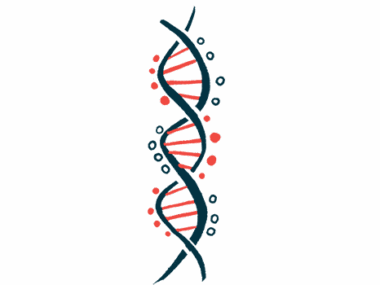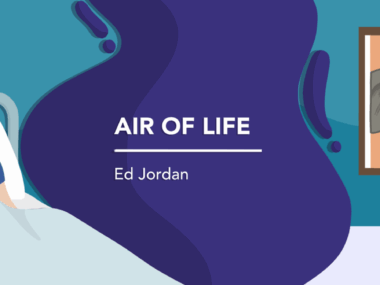HOPE-1 Clinical Trial for SPX-101 Is Enrolling CF Patients in Canada and Europe
Written by |

The first patient has been enrolled and dosed in the HOPE-1 Phase 2 clinical trial evaluating Spyryx Biosciences‘ investigational drug SPX-101 as a treatment for cystic fibrosis (CF).
The HOPE-1 study (NCT03229252) will take place in Alberta and Ontario in Canada, the United Kingdom, France, and Portugal. Clinical sites are pending in Italy.
Goals of the clinical trial are to evaluate the safety, effectivenes, and tolerability of SPX-101 inhaled solution.
“We are delighted to have treated the first patient in our Phase 2 study of SPX-101,” Dr. Alistair Wheeler, MD, chief medical officer of Spyryx, said in a press release.
“This study will provide data relating to efficacy and safety at the earliest opportunity,” he said. “We are particularly proud that patients who were part of the protocol review process have provided positive feedback, reflecting that we have kept the investment of their valuable time to a minimum.
“The study has also been embraced by many widely respected researchers in the CF clinical community and we are grateful for their engagement,” Wheeler added.
Spyryx recently received up to $5 million in funding from Cystic Fibrosis Foundation Therapeutics (CFFT), the Cystic Fibrosis Foundation‘s nonprofit drug discovery and development affiliate, to help support this clinical trial.
The HOPE-1 study hopes to enroll 78 adults ages 18 to 50. The trial is expected to be completed by Dec. 31, 2018. Those interested in enrolling should go the clinical trial page here and scroll down to Recruitment Information, or contact Dr. Alistair Wheeler at 919-899-9399, or email at [email protected].
Study participants must have a confirmed diagnosis of CF, and all CF-causing mutations are eligible for this study. Also, patients should have stable CF lung disease and a ppFEV1 (percent predicted forced expiratory volume in 1 second; a measure of lung function) between 40 and 70 percent.
HOPE-1 is a randomized placebo-controlled study where patients will be randomly chosen to receive either the low dose or high dose of SPX-101, or the placebo (normal saline). They will receive twice-daily doses of the placebo or the low or high doses of SPX-101 inhaled solution for 28 days.
SPX-101 is an inhaled peptide, developed to make mucus clearance in the lungs easier — a task CF patients struggle to accomplish. The drug works by reduces absorption so fluid is retained on the airway surfaces in the lungs (airway hydration) by acting on epithelial sodium channels (ENaC). This restores hydration to the mucus, helping to clear it by airway cilia, which is called mucociliary clearance.
“For several decades, the scientific community has focused on the therapeutic potential of small molecule inhibitors of ENaC in the treatment of cystic fibrosis,” said Isabelle Fajac, professor of physiology at the Sorbonne in Paris, and president-elect of the European Cystic Fibrosis Society (ECFS).
“This novel mechanism, the internalization of sodium channels, represents an important scientific advance in the approach to ENaC as a potential treatment of cystic fibrosis for all patients and it is important that this novel peptide is evaluated in our patient population,” Fajac added.
SPX-101 can potentially help all CF patients because the drug’s mechanism of action is independent of the genetic mutations that cause CF.
“As a potential treatment for the respiratory dysfunction of cystic fibrosis in all patients regardless of their genetic mutation, this study is of great interest to our patient population and we look forward to its successful completion,” said Nicholas Simmonds, consultant respiratory physician and associate director of the Adult CF Centre at the Royal Brompton Hospital in London and a principal investigator in the study.






